Separate collisions of a neutron star and a black hole are detected in a short space of time.



Big fan of long-read sequencing. It helped diagnose my rare disease when conventional sequencing failed.
What’s the Difference between Short-Read Sequencing and Long-Read Sequencing? Like their names suggest, short-read sequencing looks at DNA in short snippets (100−350 base pairs) while long-read sequencing measures long fragments of DNA (tens of thousands of base pairs). Why does that matter? Well, when trying to characterize a human genome that has two copies (one maternal and one paternal), each 3.2 billion base pairs in length — having longer snippets of DNA means you: Need fewer snippets to make up the length of the whole genome and have no gaps where the sequence is unknown Can more easily map how one region of the genome is connected to another region Have the ability to phase or determine which copy of a gene, maternal or paternal, a mutation occurs in.
PacBio long-read sequencing provides the most comprehensive view of genomes, transcriptomes, and epigenomes.

An Australian mammal thought to have been wiped out over 150 years ago can now be crossed off our list of extinct animals, following a new study.
Researchers compared DNA samples fromeight extinct Australian rodents, as well as 42 of their living relatives, to look at the decline of native species since the arrival of Europeans in Australia.
The study showed the extinctGould’s mouse was indistinguishable from the Shark Bay mouse, still found on several small islands off the coast of Western Australia.
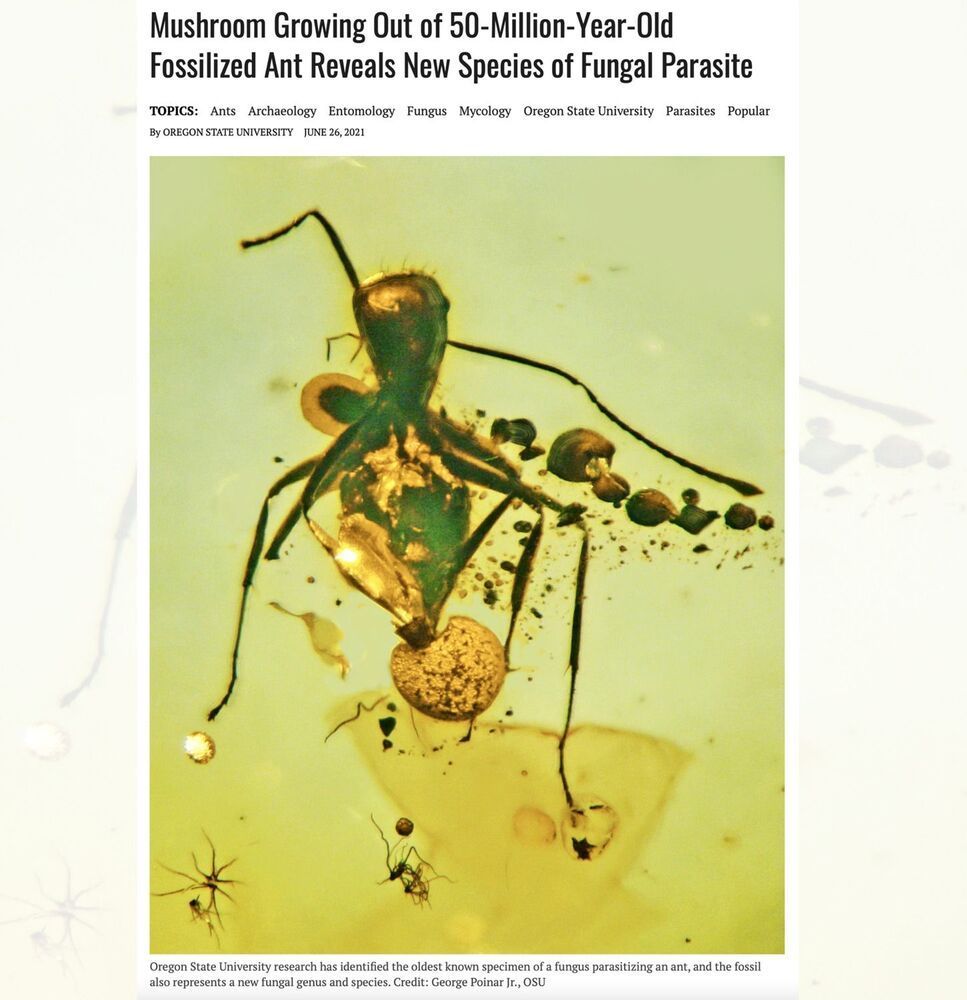
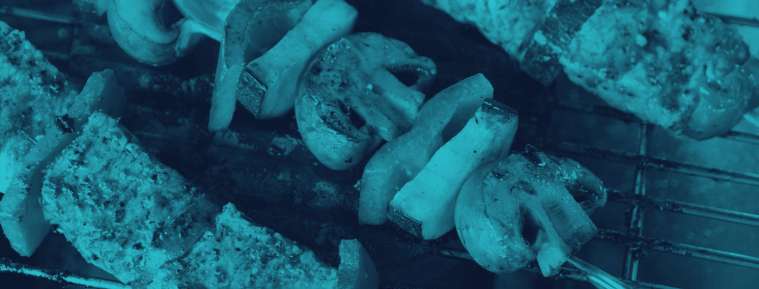
Short of ceasing your grilling activity, there’s no way to completely avoid AGEs, PAH, and HCA when enjoying a summer barbecue. That said, there’s plenty you can do to reduce your carcinogen risk while enjoying smokey flavors over the summer.
Affiliate Disclaimer: Longevity Advice is reader-supported. When you buy something using links on our site, we may earn a few bucks.
Hickory and oak wood and charcoal are the scents of summer. I associate that campfire smell with fireworks, screaming with neighborhood kids while jumping through a lawn sprinkler, and Dad at the grill with a Blue Moon in hand. Barbeque is a wonderful pastime. So help me, nothing will pry it out of my red-blooded American hands, especially not on the Fourth of July.
And that’s a bit of a problem, as I’m also pursuing human life extension. I’m not talking about the potential fire hazard that grilling is (or the associated $37 million of property damage they cause every year). The trouble is carcinogens. There are a lot of well-established barbecue health risks.

The US power grid needs all of support it can get. Sad that some would stand in the way of progress.
There is no love lost between the notorious Koch brothers and the nation’s railroad industry, and the relationship is about to get a lot unlovelier. A massive new, first-of-its-kind renewable energy transmission line is taking shape in the Midwest, which will cut into the Koch family’s fossil energy business. It has a good chance of succeeding where others have stalled, because it will bury the cables under existing rights-of-way using railroad rights-of-way and avoid stirring up the kind of opposition faced by conventional above-ground lines.
The Koch brothers and their family-owned company, Koch Industries, have earned a reputation for attempting to throttle the nation’s renewable energy sector. That makes sense, considering that the diversified, multinational firm owns thousands of miles of oil, gas, and chemical pipelines criss-crossing the US (and sometimes breaking down) in addition to other major operations that depend on rail and highway infrastructure.
Koch Industries owns fleets of rail cars, but one thing it doesn’t have is its own railroad right-of-way. That’s a bit ironic, considering that railroads provided the initial kickstart for the family business back in the 1920s, but that is where trouble has been brewing today.
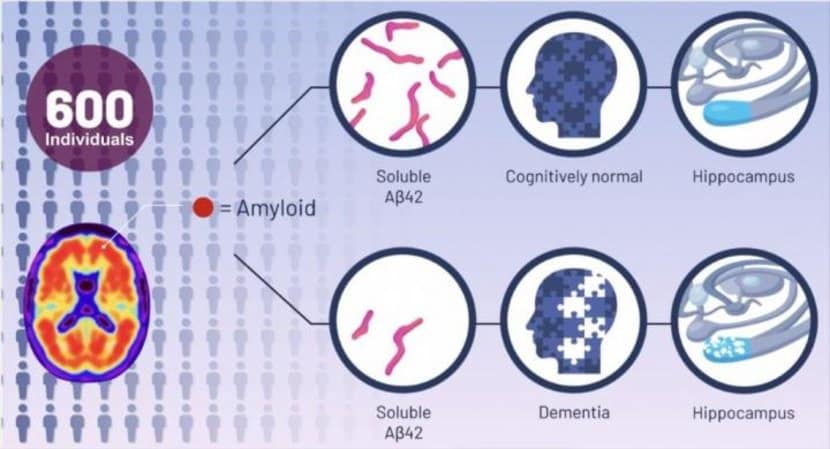
Summary: Study finds amyloid-beta plaques may not be the cause of memory loss associated with Alzheimer’s disease, but instead a consequence of the disease. Regardless of the levels of amyloid plaques, researchers found individuals with high levels of amyloid peptide were cognitively normal. Higher levels of soluble amyloid beta peptide were also linked to people having a larger hippocampus.
Source: University of Cincinnati.
Experts estimate more than 6 million Americans are living with Alzheimer’s dementia. But a recent study, led by the University of Cincinnati, sheds new light on the disease and a highly debated new drug therapy.
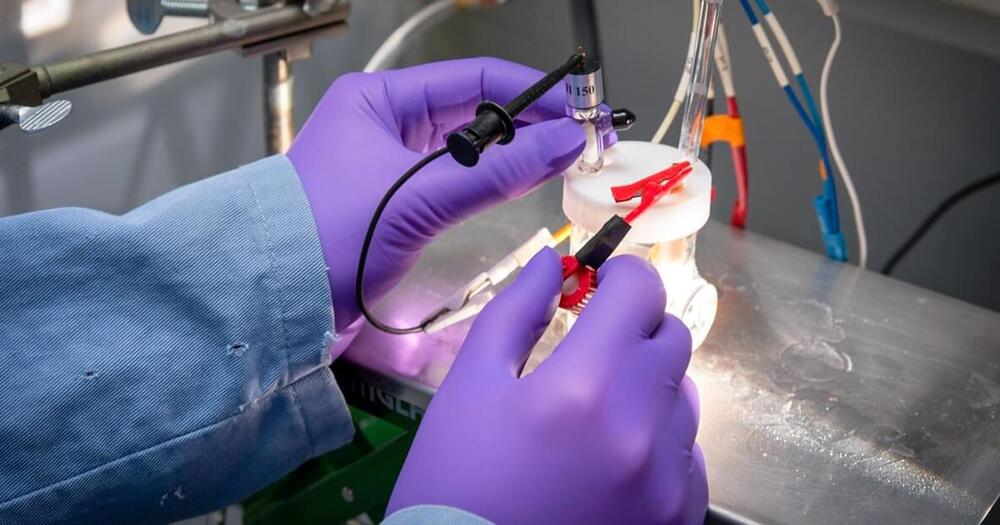
Now, researchers are homing in on an artificial photosynthesis device that could let us do the same trick, turning sunlight and water into clean-burning hydrogen fuel for our cars, homes, and more.
Solar cells already let us convert sunlight into electricity. Artificial photosynthesis devices, however, use sunlight to turn water or carbon dioxide into liquid fuels, such as hydrogen or ethanol.
These can be stored more easily than electricity and used in different ways, allowing them to substitute for fossil fuels like oil and gas.
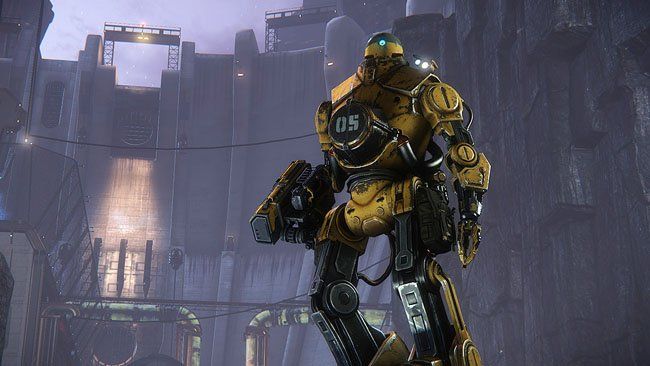
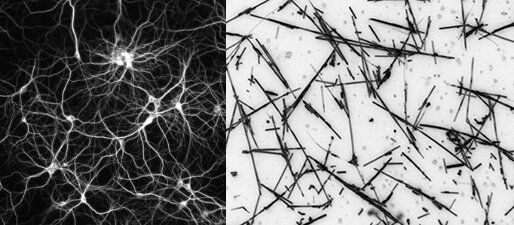
Scientists at the University of Sydney and Japan’s National Institute for Material Science (NIMS) have discovered that an artificial network of nanowires can be tuned to respond in a brain-like way when electrically stimulated.
The international team, led by Joel Hochstetter with Professor Zdenka Kuncic and Professor Tomonobu Nakayama, found that by keeping the network of nanowires in a brain-like state “at the edge of chaos”, it performed tasks at an optimal level.
This, they say, suggests the underlying nature of neural intelligence is physical, and their discovery opens an exciting avenue for the development of artificial intelligence.